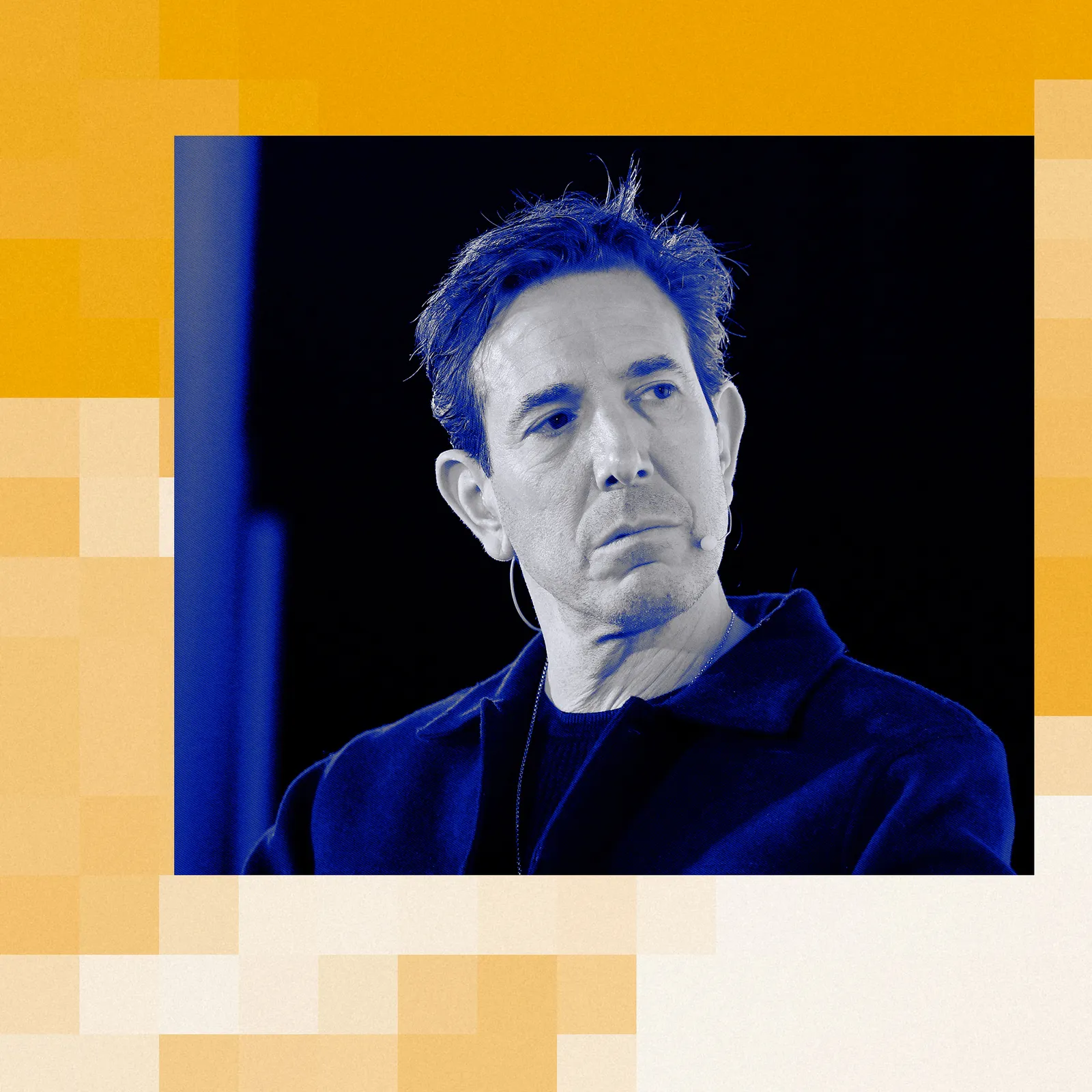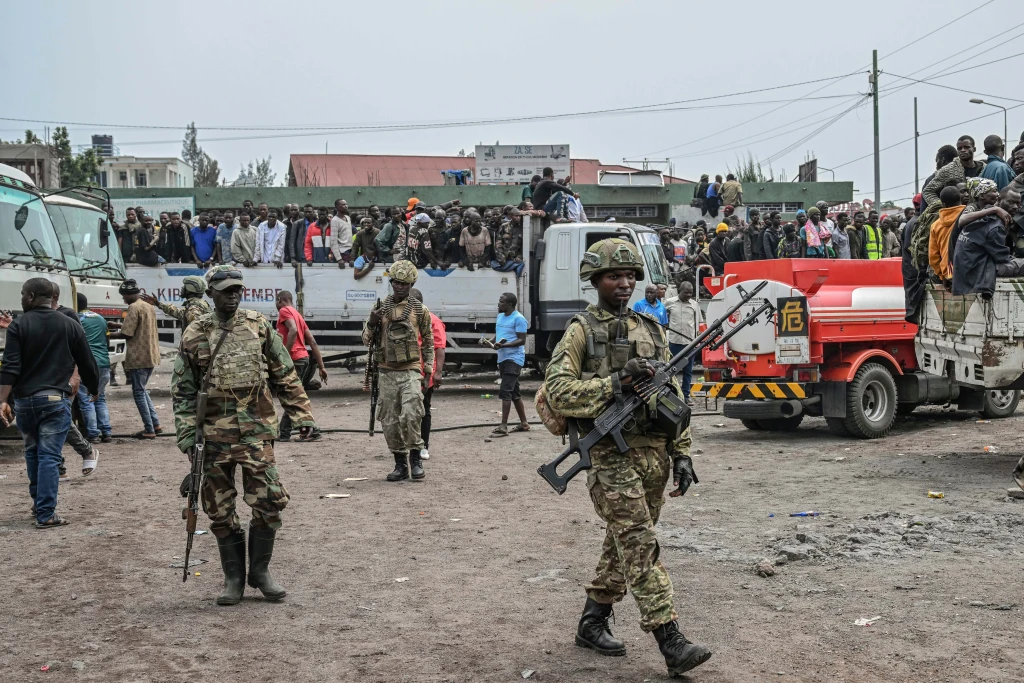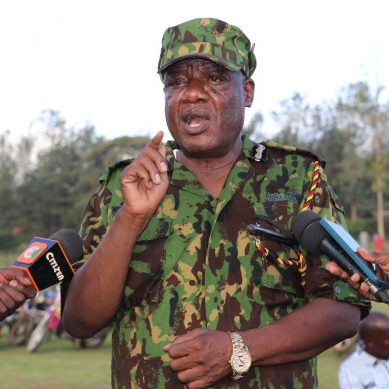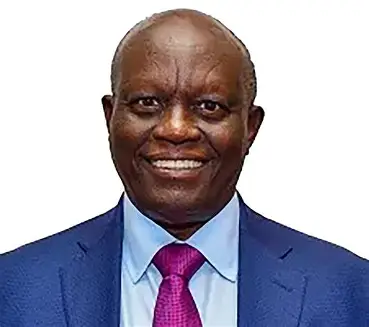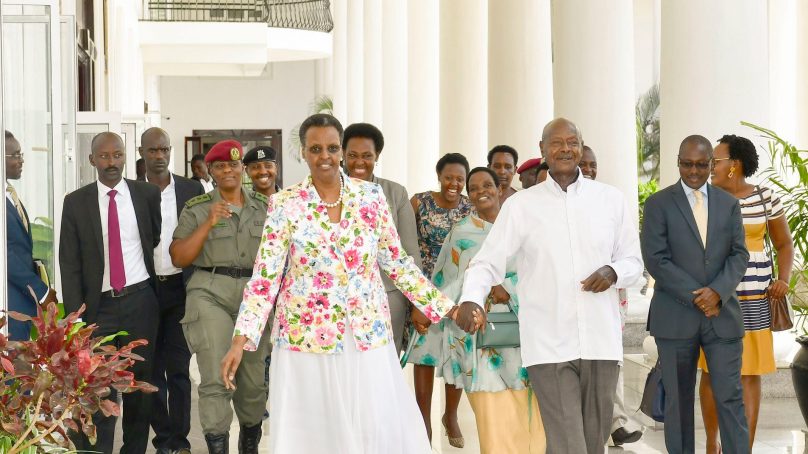
As it was in the bushes of Luwero (1981-1985) so has it been since 1986 to the present. During the National Resistance Army (NRA) military exploits in the bushes of Luwero, the political wing of the rebel group (NRM) was fused with the armed wing (NRA).
Today the Uganda Peoples Defence Forces (UPDF), which is the constitutionalised NRA, is strongly fused with National Resistance Movement (NRM), which for all intent and purpose, is the political wing of UPDF by constitutional design. It is as if the designers of the Uganda Constitution 1995 never imagined that the governance of Uganda would never get out of the hands of politico-military rulers.
In other words, the Uganda Constitution 1995 was intended to be the blueprint that the NRM/A rulers would evoke to ensure that the rulers, some of whom were refugees in Uganda by 1986, would perennially occupy, conquer and perennially rule Uganda.
By vesting all power and authority in the hands of a former rebel and commander-in-chief of the UPDF, the constitution is well-suited to serve as the tool with which to maintain and strengthen the linkage between NRM and UPDF and to militarise everything conceivable, including politics, governance, executive, legislature and judiciary, to name but a few.
Ultimately, NRM and the UPDF are firmly in the hands of President Tibuhaburwa Museveni’s over-militarised family, which boasts of at least three generals, who also more or less own the political wing -NRM. It is as if the aim is to ensure that the family rules Uganda well in the future.
Although civilians are allowed to manifest as leaders in NRM, the truth is that they manifest as second fiddle to militarized family of President Tibuhaburwa Museveni. The family can use its influence to either retain or discard civilians in the organs of the NRM party and in the UPDF.
In UPDF, the powers of recruiting, promotion, retention and retiring army officers is vividly in the hands of General Muhoozi Kainerugaba – who is the Chief of Defence Forces (CDF) and son of President Tibuhaburwa Museveni. In a way, the manipulated Parliament of Uganda gave the UPDF Act 2025 to family of President Tibuhaburwa Museveni in general and General Muhoozi Kainerugaba in particular. The act allows the military to try civilians.
Therefore, inherently, UPDF Act 2025 is inherently violent. The civilian victims are likely to be those who challenge the political supremacy of NRM over civic spaces in Uganda, especially the political space.
It is obvious that the linkage of UPDF to NRM and the frequent use of UPDF and the militarized Uganda Police to settle political cores is the reason why political violence in Uganda has been rising supersonically thereby both endangering and threatening democracy, justice, freedom, human rights, including the political rights of Ugandans of alternative political persuasions.
Uganda is now, actually and potentially, a violent society. The violence has military, political and civic dimensions. The dimensions are so fused that it may not be possible to separate them. The violence in its complexity is most experienced during elections. The elections are almost in the hands of the military, which ensure that politics and the military during the reign of President Tibuhaburwa Museveni are one and the same, just as it was when NRA rebellion was manifest in the bushes of Luwero.
The elections appear to be a hoodwink that Ugandans are determining their destiny, yet all their civic spaces have been captured by the military, which believes it is ensuring peace and security in Uganda in the short – medium – and long-term. In a way, violence has become a political tool to ensure the civilians are firmly under military control. This could have convinced the Chief of Defence Forces (CDF) to pronounce that civilians will never rule Uganda again.
For genuine peace and security it will be necessary to delink UPDF from NRM. It will also be necessary to de-militarise politics in Uganda. If the status quo continues to obtain, we can forget about a peaceful and secure society in Uganda. The peace and security situation is complicated not only by the fact that UPDF and NRM are fused but both NRM and UPDF manifest as personalized entities. It is as if NRM cannot exist without UPDF and vice versa.
The UPDF protects NRM from other organised political organisations. And NRM ensures that UPDF soldiers are well paid and get huge pensions just as the Uganda population is perturbed by supersonically mushrooming poverty and crime.
Accordingly elections cannot help to renew leadership and governance of Uganda but only create the impression that electoral politics is working to ensure freedom, justice and democracy in the country. Yet beyond elections what reign are human rights abuse, injustice and undemocratic practices.
The human rights abuse, injustices and undemocratic practices are best seen in employment and appointments to the juicy positions in the institutions and organizations of government. At the centre of human rights abuse, injustices and undemocratic practices is money. Money is used to buy political support, but the consciences of the weak and to keep unsuspecting individuals glued to the powers that be.
For God and my country.
- A Tell report / By Oweyegha-Afunaduula / Environmental Historian and Conservationist Centre for Critical Thinking and Alternative Analysis (CCTAA), Seeta, Mukono, Uganda.
About the Centre for Critical Thinking and Alternative Analysis (CCTAA)
The CCTAA was innovated by Hyuha Mukwanason, Oweyegha-Afunaduula and Mahir Balunywa in 2019 to the rising decline in the capacity of graduates in Uganda and beyond to engage in critical thinking and reason coherently besides excellence in academics and academic production. The three scholars were convinced that after academic achievement the world outside the ivory tower needed graduates that can think critically and reason coherently towards making society and the environment better for human gratification. They reasoned between themselves and reached the conclusion that disciplinary education did not only narrow the thinking and reasoning of those exposed to it but restricted the opportunity to excel in critical thinking and reasoning, which are the ultimate aim of education. They were dismayed by the truism that the products of disciplinary education find it difficult to tick outside the boundaries of their disciplines; that when they provide solutions to problems that do not recognise the artificial boundaries between knowledges, their solutions become the new problems. They decided that the answer was a new and different medium of learning and innovating, which they characterised as “The Centre for Critical Thinking and Alternative Analysis” (CCTAA)
